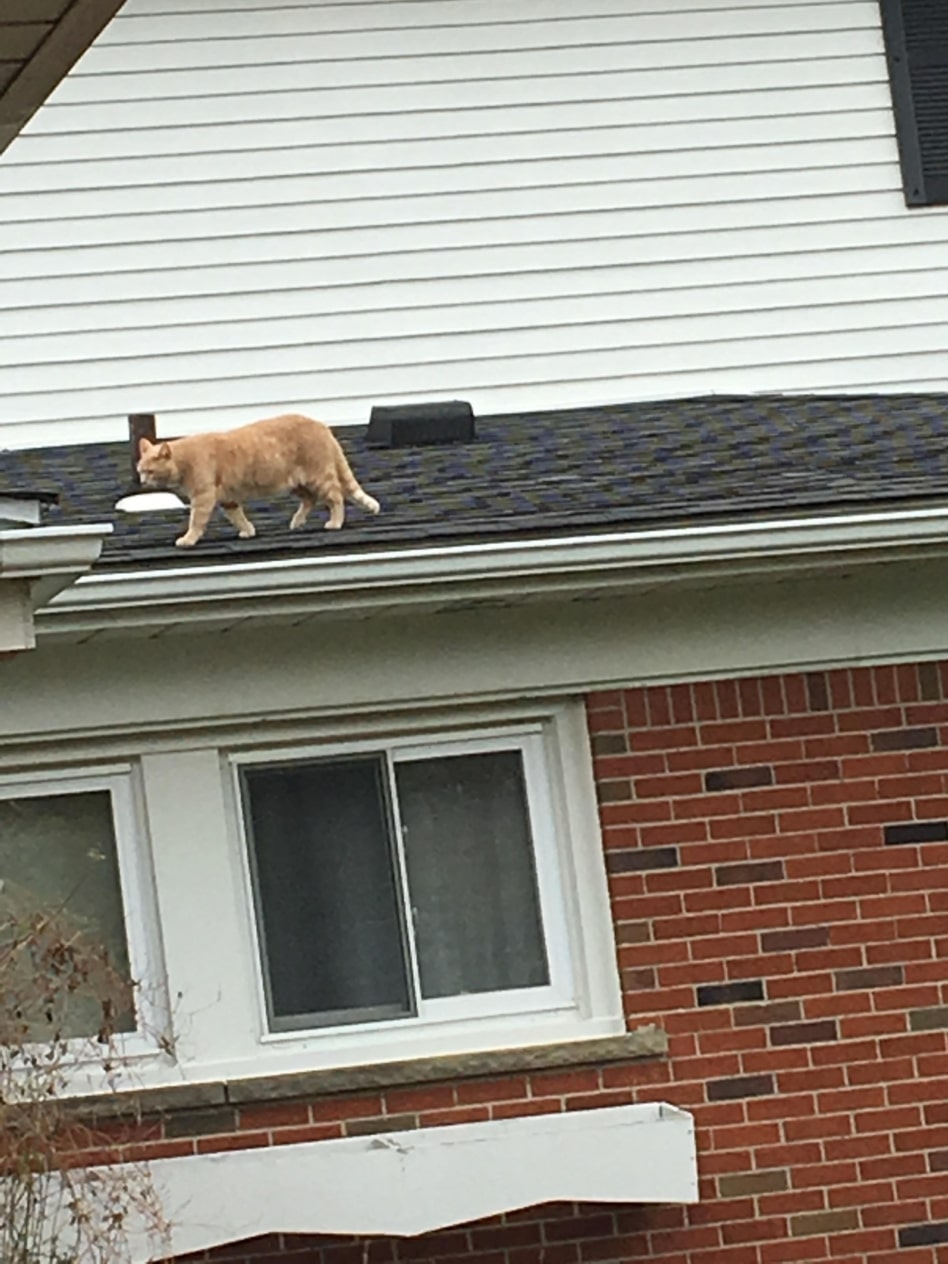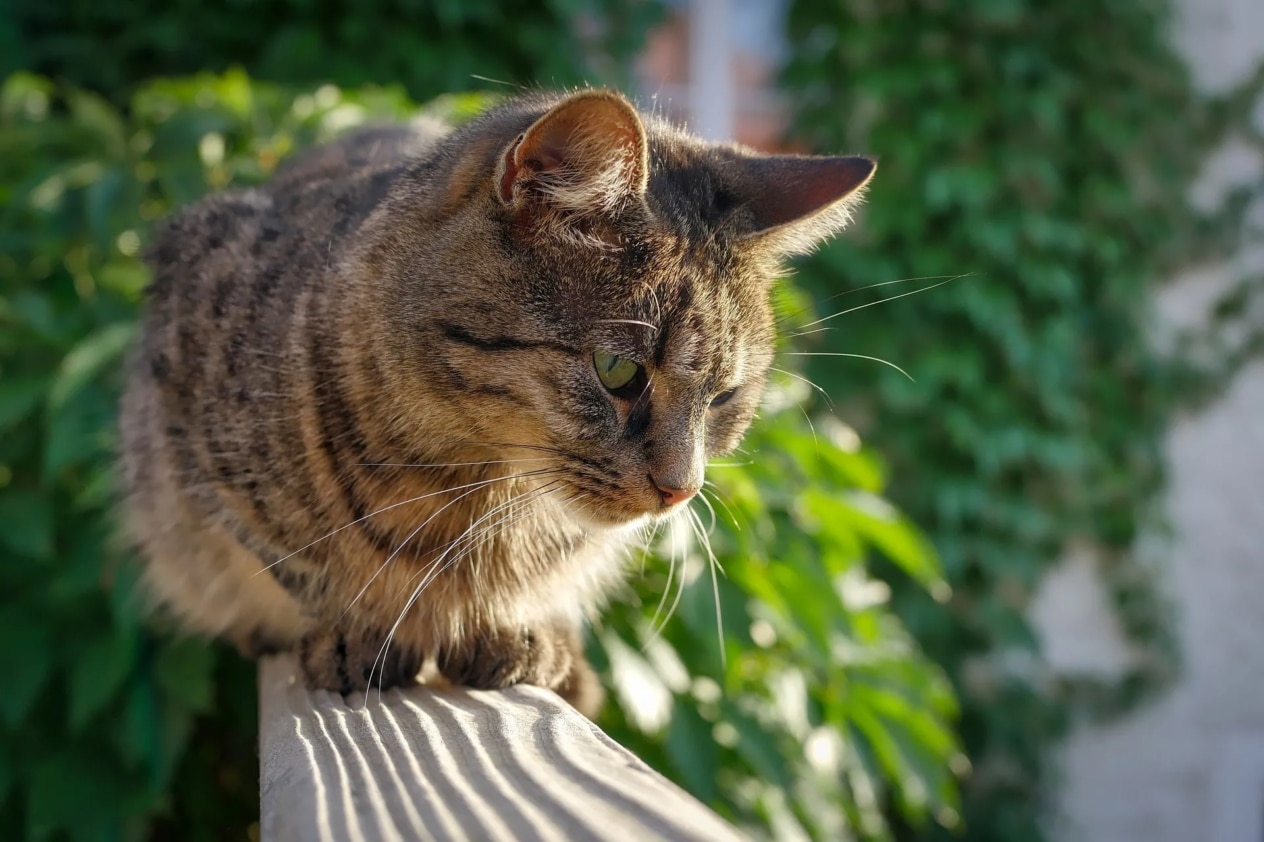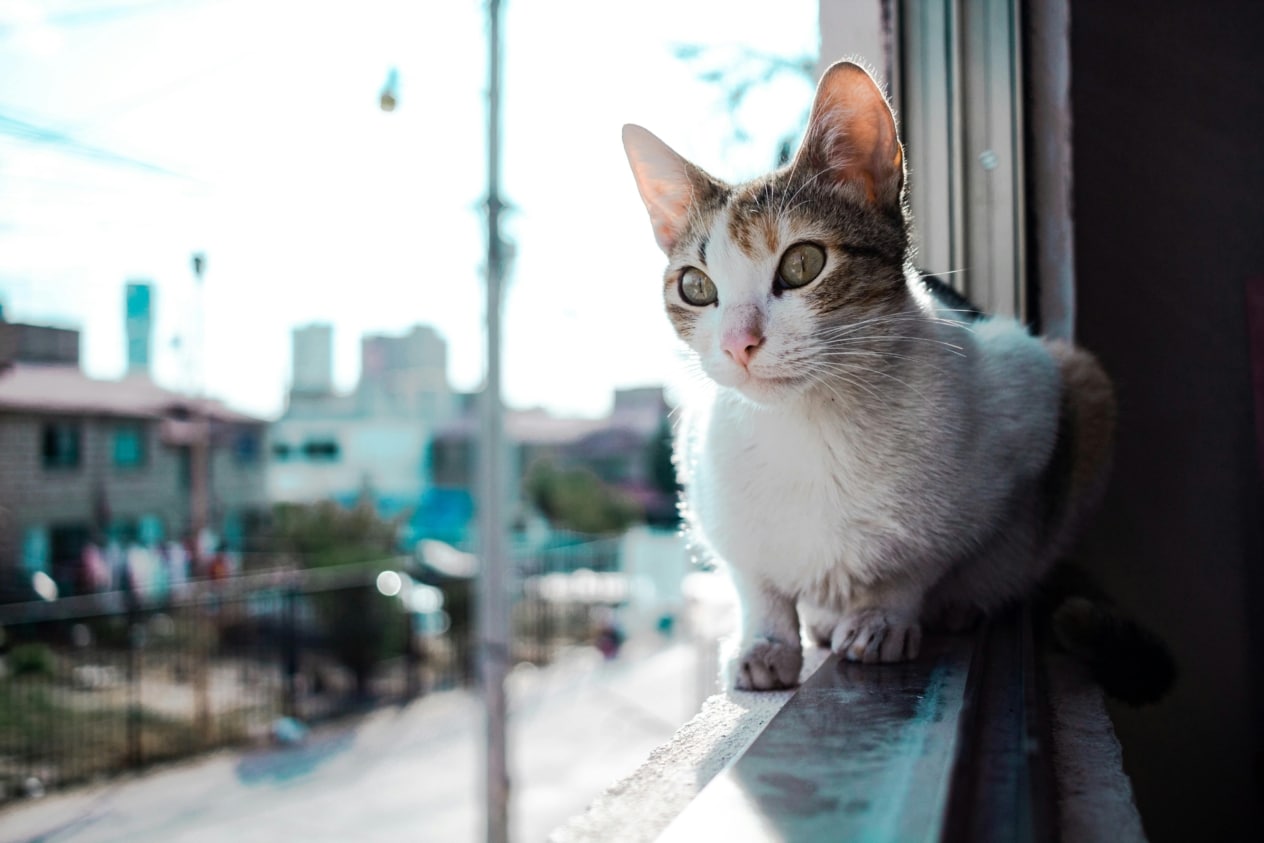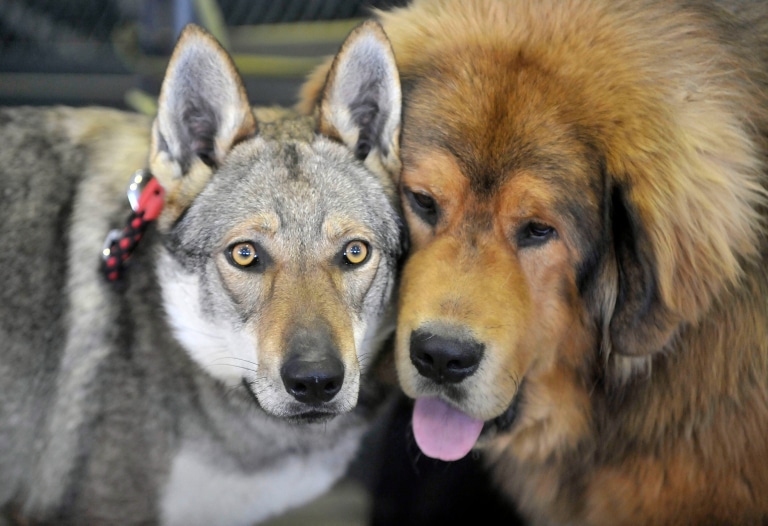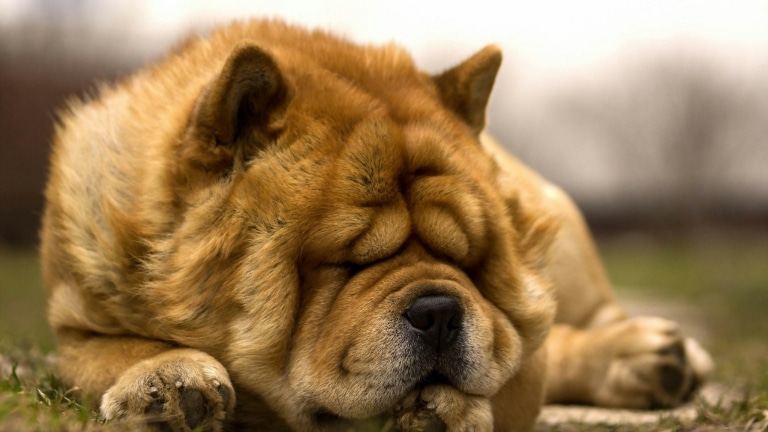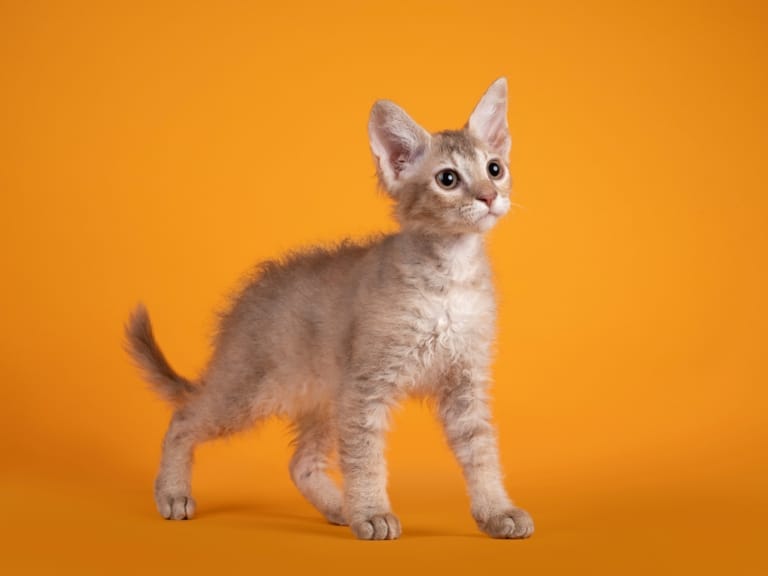Cats are born acrobats, designed to move, observe and control space. They calmly walk along narrow ledges, jump on cupboards or roofs, looking down from above as if they can control everything. Where do they get this confidence from and what helps them feel safe where other animals are frightened?
Natural anatomy and the phenomenon of balance
It all starts with the special structure of the body. Cats have an extremely flexible spine, elastic joints and strong muscles that allow them to twist easily in the air and keep their balance even on the narrowest surfaces.
Their vestibular apparatus is one of the most perfect in nature. It instantly determines the position of the body in space, thanks to which the cat always knows where it is up and where it is down. This is what allows it to perform the famous “turn in the air” and land on its feet even after a fall. The soft paw pads act as natural shock absorbers, and the muscles of the hind limbs distribute the load, reducing the force of impact.
This is not only instinct, but also the result of centuries of evolution (or, rather, the Creator’s design), which formed the perfect balance between flexibility, agility and sense of space.
Hunter instinct and love of control
It’s not that cats love heights – they need them.
In the wild, members of the feline family hunt from ambush, and altitude allows them to see the territory, spot prey, and remain stealthy. This instinct lives in pets: standing on a cupboard or window sill, the cat observes everything around it, feeling itself the mistress of the situation.
Height for her is security and power at the same time. It can rest easy, knowing that no one will interfere, and at the same time maintain full control over its territory. That’s why cats so often choose places “on top” for sleeping or watching. This is not a prank, but a deep natural instinct.
The illusion of fearlessness and hidden danger
It seems that cats are not afraid of heights at all, but this is not entirely true. They do not assess risks with their minds, but rely entirely on their bodies. Their instincts are perfect, but not unlimited. One unfortunate movement, a gust of wind or an attempt to catch an insect can be fatal.
Veterinarians note: falling from a low height is often more dangerous than from a high height. From a short distance, the cat simply does not have time to turn over in the air, while from a greater height, the body spreads out, and the fall is slowed down due to the effect of aerodynamic braking.
So, cat courage is not the absence of fear, but the belief in its own bodily perfection. But sometimes this confidence can play a cruel trick on them.
How to make heights safe
Since the craving for height is natural, the owner’s task is to create conditions in which it does not become dangerous.
In apartments, protective nets should be installed on windows and balconies to avoid accidental falls. The cat can be equipped with high shelves, cat towers, ladders or scratching posts that will satisfy its instincts. If done correctly, the animal will feel free but safe.
And most importantly, even if the cat has fallen and looks unharmed, it’s worth showing it to the vet: internal injuries are often unnoticeable at first.
Conclusion
Cats are not afraid of heights because they were born for it. Their flexibility, perfect balance and natural instinct to control space make them the true masters of the vertical world. But even the most perfect body does not protect against accidents. That’s why real pet care is not only about love, but also about sensible safety – even where they seem fearless.


